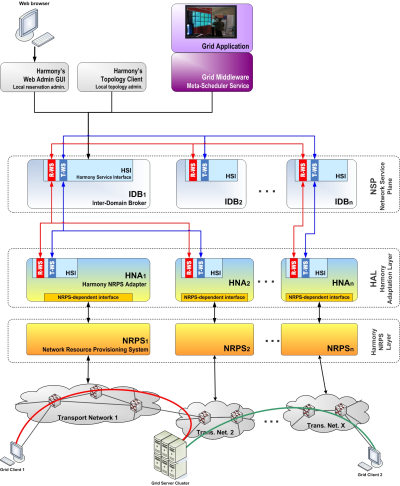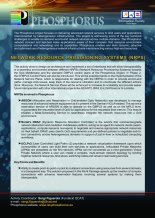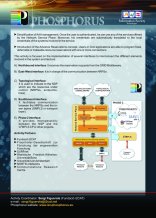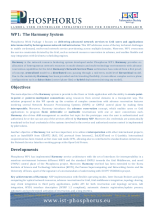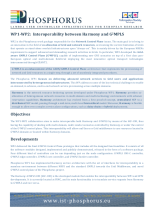Activities
This activity aims to design an architecture and implement a set of interfaces that will allow interoperability in a seamless environment between different NRPSs (Network Resource Provisioning Systems) towards the Grid Middleware and the standard GMPLS control plane of the Phosphorus project. In Phase2, the G2MPLS Control Plane will also be introduced. This will be possible thanks to the implementation of the Network Service Plane, which is responsible for dealing with the NRPSs in order to provide end-to-end paths, manage AAA issues, keep track of the resource utilization and to coordinate the different actions done. Moreover, the Network Service Plane will be enhanced to increase its scalability and provide easier future interoperation with other international projects like GÉANT2 JRA3, EnLIGHTened or G-Lambda.
- ARGON (Allocation and Reservation in Grid-enabled Optic Networks) was developed to manage resources of advanced network equipment as it is present in the German VIOLA testbed. The advance reservation service of ARGON is able to operate on the GMPLS as well as on the MPLS level. It guarantees a certain QoS for applications for the requested time interval. This feature enables a Meta-Scheduling Service to seamlessly integrate the network resources into a Grid environment.
- Nortel's DRAC (Dynamic Resource Allocation Controller) is the world's first commercial-grade network abstraction and mediation middleware platform, acting as an agent for network clients (users, applications, compute resource managers) to negotiate and reserve appropriate network resources on their behalf. DRAC uses client's QoS requirements and pre-defined policies to negotiate end-to-end connectivity across heterogeneous domains in support of just-in-time or scheduled computing workflows.
- UCLPv2 (User Controlled Light Paths v2) provides a network virtualization framework upon which communities of users can build their own services or applications. Articulated Private Networks (APNs) are presented as the first services. APNs can be considered as a next generation Virtual Private Network where a user can create a complex, multi-domain network topology by binding together network resources, time slices, switching nodes and virtual or real routing services.
- Ability to create point to point or point to multipoint connections using resources from several domains in a transparent way. The solution proposed in this Work Package speeds up the creation of complex connections with advance reservation features involving several systems by making them interoperable.
- Simplification of AAA management: once the user is authenticated, he can use any of the services offered by the Network Service Plane. Moreover, his or her credentials are automatically translated to the local credentials of the systems involved in the service.
- Introduction of the Advance Reservations concept. Users or Grid applications are able to program fixed, deferrable or malleable resource reservations with one or more connections.
This activity is focused on the implementation of several interfaces to interconnect the different elements involved in the system architecture:- Northbound interface: It receives the reservation requests from the GRID Middleware.
- East-West interface: It is in charge of the communication between NRPSs.
- Topological interface: It is used to indicate to the NSP which are the resources under control (NRPSs, endpoints, links).
- Southbound interface: It facilitates communication between the NRPSs and the lower layers (GMPLS or transport layer).
- Phase 2 Interface: It provides interoperability between the NSP and the G2MPLS CP or other projects.
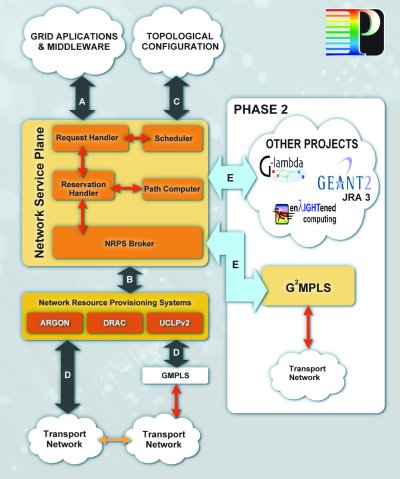
Figure 1 - System Architecture Interfaces
- Fundació i2CAT
- Fraunhofer-Gesellschaft zur Foerderung der angewandten Forschung
- SURFnet
- Rheinische Friedrich-Wilhelms-Universität Bonn
- University van Amsterdam
- NORTEL Networks
- Communications Research Centre

